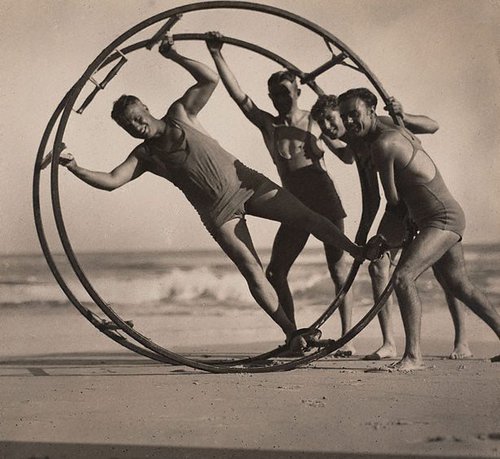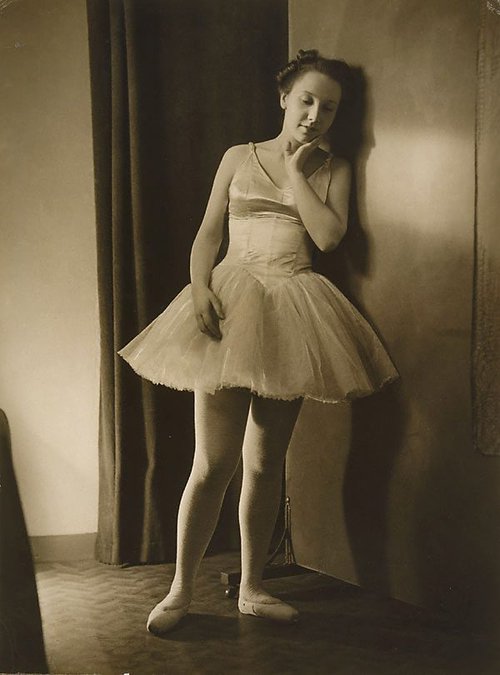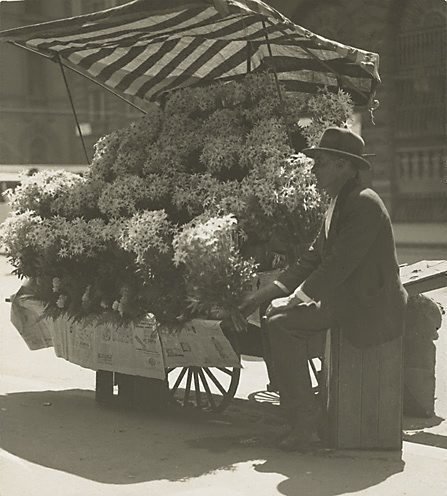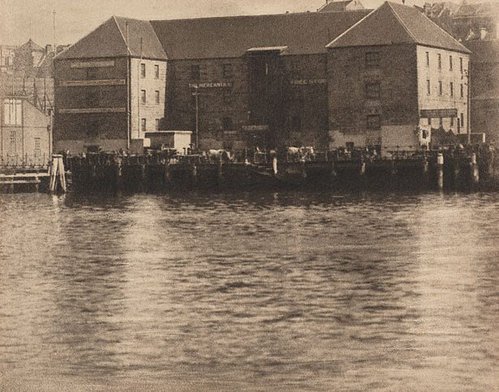Title
Peggy (Peggy Paton)
1917
Artist
-
Details
- Date
- 1917
- Media category
- Photograph
- Materials used
- gelatin silver photograph
- Dimensions
- 25.1 x 20.2 cm image/sheet
- Signature & date
Not signed. Not dated.
- Credit
- Gift of Mrs Barbara Dunn 1977
- Location
- Not on display
- Accession number
- 161.1977
- Copyright
- Artist information
-
Harold Cazneaux
Works in the collection
- Share
-
-
About
This portrait of Peggy Paton highlights the hybrid influences of a distinctly Australian vein of pictorialism and Japonisme in Cazneaux’s late 1910s photographic practice. Australian pictoralists embraced sunlight to illuminate both subjects and landscapes, and experiment with shadow 1. Peggy appears in her portrait hallowed in light particularly around her head and the left-hand side of her body. Light was similarly key to Japonisme’s influence on photographic practice, due to its ability to illuminate and accentuate delicate detail 2. The light in this portrait refracts, to varying degrees, off the shrub’s leaves and fragile stems rendering as a subject of beauty.
Harold Cazneaux was born in Wellington, New Zealand in 1878. His parents, Pierce Mott Cazneau and Emma Florence (née Bentley) worked in commercial studios in New Zealand before returning to settle permanently in Adelaide during the early 1890s. At the age of 18 Cazneaux went to work alongside his father at Hammer & Co studio as a retoucher. He moved to Sydney in 1904 to join the larger portrait firm, Freeman’s quickly ascending to the position of ‘chief operator’ (as camera portraitists were known). Studio work was highly formulaic, with little scope for creativity. Cazneaux used his time walking to and from work to experiment with pictorialist aesthetics 3. The Photographic Society of New South Wales organised an exhibition of Cazneaux’s photographs in 1909, the first such solo exhibition of its kind in Australia. In 1916 he and fellow pictorialist photographer, Cecil Bostock founded the Sydney Camera Circle. The group was particularly interested in the how pictorialism could be adapted to and extended within an Australian context. The mechanised, standardised and frenetic pace of Freeman’s increasingly took its toll on Cazneaux’s creativity and health, and he resigned in 1917. He moved with his wife and daughters to the Sydney suburb of Roseville, and in 1920 he was employed as the official photographer for The Home magazine. This new position let him work in a varied indoor and outdoor environments. In 1938 Cazneaux was awarded an Honorary Fellow of the Royal Photographic Society of London. He continued to work until his death in 1953.
1. Miles M 2015, ‘The Language of Light and Dark: Light and Place in Australian Photography’, McGill-Queen’s University Press, Montreal p 37
2. Annear J 2002, Introduction to: ‘Modernism/Japonism in Photography 1920s-1940s: Kiichiro Ishida and Sydney Camera Circle’, Shoto Museum of Art, Tokyo, p 36
3. Newton G 1988, ‘Shades of Light: Photography and Australia 1839-1988’, Australian National Gallery, Canberra p 85




